Content from the Brookings Institution India Center is now archived. After seven years of an impactful partnership, as of September 11, 2020, Brookings India is now the Centre for Social and Economic Progress, an independent public policy institution based in India.
In the foreign policy arena the biggest accomplishment of the Narendra Modi government has doubtless been the evolution of relations with the United States. During his first year Prime Minister Modi has almost single-handedly repaired, revived, revitalized, and re-energized relations with the United States from one that was either hopelessly adrift or, worse, at a real risk of becoming deeply confrontational. While credit for this dramatic improvement in relations between New Delhi and Washington is also due to President Barack Obama – who responded positively to Mr. Modi’s initiative – make no mistake that the principal driver was Mr. Modi.
A year ago, apart from the visa ban on Mr. Modi, the dust up over the ineptly handled arrest of an Indian diplomat, and seemingly irreconcilable differences over operationalizing the landmark India-U.S. nuclear deal, India and the U.S. were at logger heads over World Trade Organization (WTO) negotiations, intellectual property rights (IPR), and geopolitical differences over Russia, Iran, Syria and India’s membership of export control regimes. A year, two summits (in less than six months) plus a historic Republic Day visit later, many of these issues were resolved or put in abeyance and India-U.S. relations are not only on an even keel but have moved to a quasi alliance status with many observers describing it as clear proof of India’s ‘tilt’ towards the U.S.
In sum, the India-U.S. relationship is probably at its strongest than in anytime in their history. Nonetheless, work needs to be done to ensure a stable relationship that is resistant to internal and external shocks. While progress has been made on many issues, particularly trade, cyber and the Asia-Pacific – evidently because of the close relationship between the two leaders – many other issues, especially climate and IPR, have the potential to rock the bilateral boat and derail cooperation on issues of mutual interest.
Progress and Opportunities
On November 13, 2014, India and the U.S. finally came up with a resolution to their ongoing dispute over agricultural stockpiles maintained for food security and paved the way for signing of the Trade Facilitation Agreement (TFA). The key was the U.S. agreement to extend the time limit for the so-called “peace clause” indefinitely until a permanent solution is found to the issue of farm subsidies. While the final implementation of the TFA is still being worked on, the resolution of this impasse significantly altered U.S.-India relations for the better.
The need to deepen engagement on cyber security was a common theme in India-U.S. interactions. With India having the third largest population of online users and adding six million internet users every month, increasing reliance on internet makes the country vulnerable to cyber crime and warfare. For example, India was among the biggest victims of GhostNet, a global cyber espionage campaign that targeted governmental, research and military organizations. The January 2015 joint U.S.-India statement stressed the “serious risks to national and economic security from malicious cyber-activity and agreed to cooperate on enhancing operational sharing of cyber threat information, … and working together to build agreement on norms of responsible state behavior.” Clearly, while the U.S. can benefit from India’s human enterprise and scientific talent, India can benefit from cutting edge technology and scientific knowledge on cyber security in the U.S.
Another area of growing cooperation is the Asia-Pacific and Indian Ocean region. The Obama administration has clearly indicated that the rebranding of India’s “Look East Policy” to “Act East Policy” is a welcome development (in line with its own rebalancing to Asia-Pacific) and that the U.S. hopes to work with India in building sustainable relationships in the region. Despite reservations in the Indian government, Mr. Modi chose to accept the U.S. offer of partnership, signaling the importance of the Indian Ocean for India’s prosperity and security. This desire was evident in the US-India Joint Strategic Vision for the Asia Pacific and Indian Ocean Region, which calls for India’s membership of the Asia-Pacific Economic Cooperation forum, a greater role for the East Asia Summit and a need to resolve disputes through peaceful means. To secure their maritime interests the two sides also announced a working group to explore sharing aircraft carrier technology and design.
Potential Hurdles
The issue of Intellectual Property Rights (IPRs) has historically been a contentious one in the bilateral relationship. While the U.S. has claimed for several years that the Indian regulatory regime is weak, inadequately enforced and harmed U.S. business interests in several IPR domains, India has maintained that all its IPR-related laws are compliant with WTO norms. Therefore, before the Modi-Obama Summit in September 2014, the two countries were largely antagonistic towards each other on this issue. However, the past year has seen considerable effort being put into resolving all outstanding bilateral IPR issues. The formation of the high-level joint working group to address all IPR related issues and the establishment of a think tank by the Indian government to review IPR laws and regulations have been significant steps in this regard. However, it remains to be seen whether the two sides can stay committed and carry forward the implementation of these negotiations.
Climate change is both an area of contestation and possible future cooperation between and U.S. and India. In the January 2015 joint statement both sides expressed deep concern regarding climate change and reiterated the need to enhance bilateral cooperation in the realms of research, development and technology innovation, adoption and diffusion measures for clean energy and efficiency solutions. They also highlighted the importance of working together with other countries to conclude the ambitious climate agreement in December in Paris. However, the U.S. has refused to accept an insertion to the statement that the Paris agreement would be under the existing UN Convention on Climate Change, following the principle of common but differentiated responsibilities and the principle of equity. Consequently, the disagreement continues and threatens to jeopardise the Paris meeting unless a via media can be found.
Mr. Modi has renewed the promise of better India-U.S. relations; delivering on it remains a challenge.
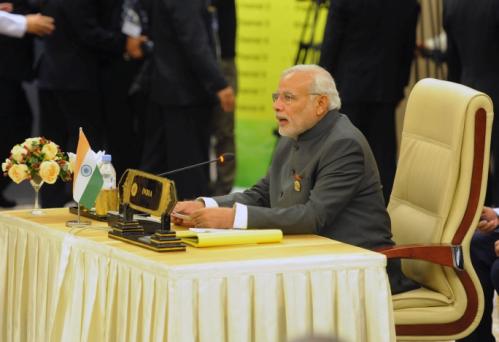
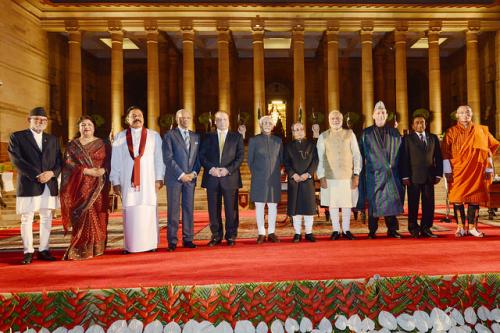
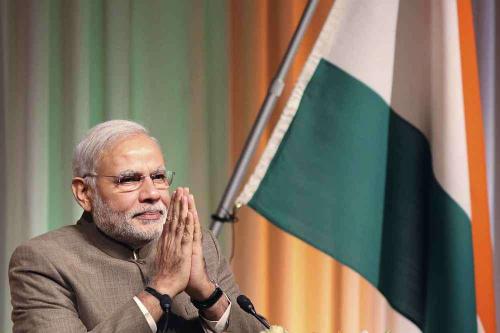
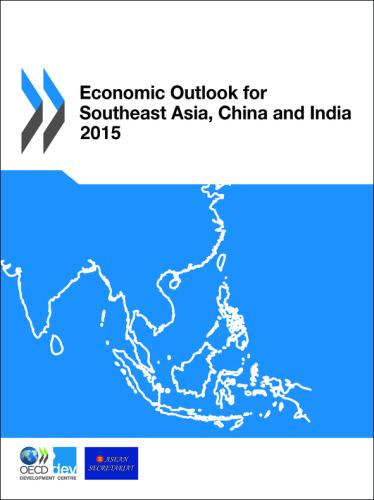
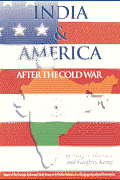

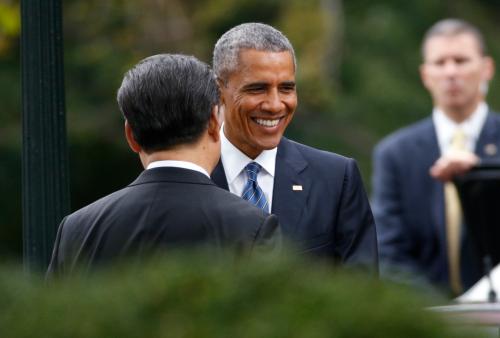


Commentary
Op-edIndia-U.S. Relations: Repaired, Revived, Revitalized
IndiaGov@365
May 22, 2015